Xuanwu Lake
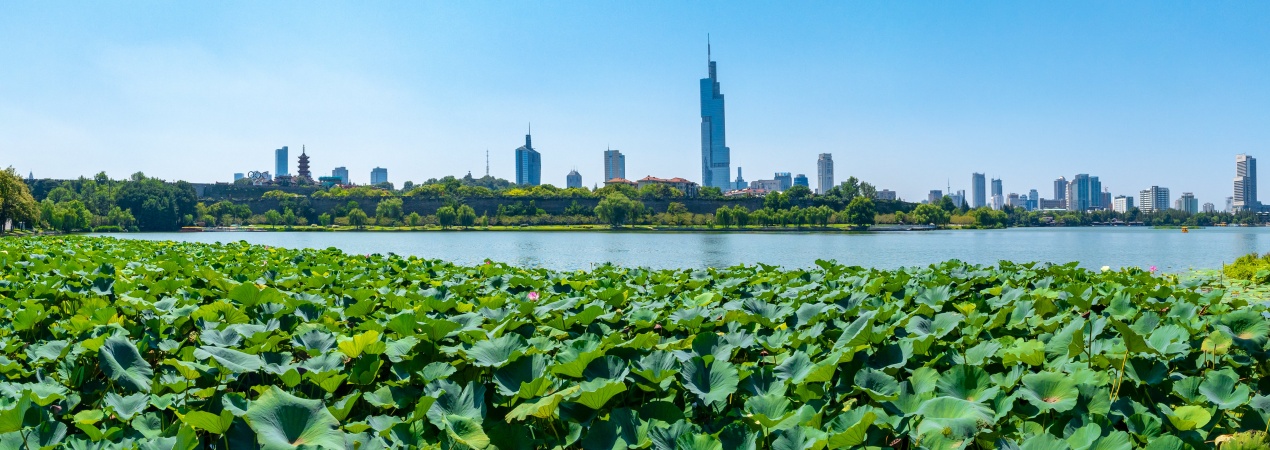
Xuanwu Lake is a shallow lake. It formed from an ancient channel of the Yangtze-Qinhuai river system and stands as the hydrological heart of Nanjing's water network. Part of the Jinchuan River basin, it gets most of its water from rain runoff off Purple Mountain's (Zijin Shan) northern slopes. Linked to the Yangtze River by the Jinchuan, Zhenzhu, and Qinhuai rivers, it has key urban roles: flood control, drainage, keeping ecosystems healthy, providing public space for fun, supporting tourism, and refilling city waterways with ecological water.
- Chinese name:玄武湖 Xuán Wǔ Hú
- Recommended Duration: 2-3 hours
- Entrance Fee: Free
-
Opening Hours:
May - October: 6:00 - 22:00
November - April: 6:00 - 21:00
- Best time to visit: November to December
- Address: No. 1 Xuanwu Lane, Xuanwu District, Nanjing City, Jiangsu Province
-
How to get there:
By Metro:Metro Line 1 to Xuanwumen Station, walk to Xuanwumen for entry, or take metro Line 3 or 4 to Jimingsi Station, walk to Jiefangmen for entry
By Bus:Take bus 304 to Xuanwu Lake Park Taicheng Station, then walk 110 meters to arrive, or take bus 20, 48, 11 to Beijing East Road Jimingsi Station, then walk 590 meters to arrive
Highlights of Xuanwu Lake
Yingzhou Isle
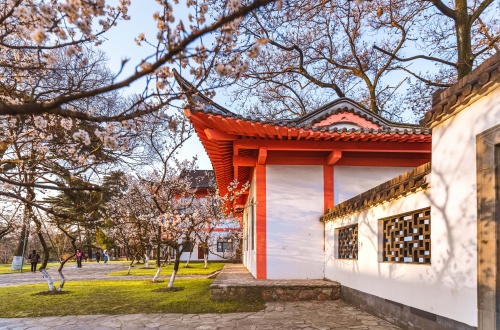 The plum bloosm of the Yingzhou Isle
The plum bloosm of the Yingzhou IsleYingzhou is one of Xuanwu Lake's central isle. It got its name because lots of cherries once grew here – the fruit was so valued that it was given to the imperial court. Now, every April, it becomes a stunning sea of cherry blossoms. Many sakura types make a bright, amazing sight, with petals moving beautifully in the spring breeze. There is a 500-meter winding corridor on the isle. To the north stands a Tibetan Buddhist temple, and next to it is the seven-story Nona Pagoda. Visitors walk under green trees and through flower waves, amazed by falling petals, the curving walkway and sunny lawns. It feels like being in paradise.
Cuizhou Isle
Situated in Xuanwu Lake's eastern reaches, Cuizhou lives up to its name with towering bamboo groves, cedar canopies, and an emerald-hued skyline. This serene sanctuary features forests of pines, cypresses, and bamboo - where umbrella-shaped cedars, pagoda-like conifers, and endless bamboo create a secluded lovers' paradise known as "Emerald Clouds over Wooded Isle." The isle also boasts an open-air theater, performance stage, Emerald Rainbow Hall, and a massive public swimming pool in its northeast. South of Xu Bridge, a Dai-style water village called "Rippling Pavilion" floats on the lake - a complex of 20 bamboo cabins linked by bridges, where visitors enjoy tea, meals, chess, and song while admiring crimson koi carp. A perfect lakeside retreat.
Liangzhou Isle
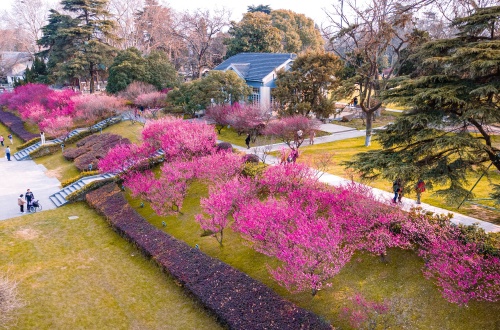 The spring scenery of Liangzhou Isle
The spring scenery of Liangzhou IsleAs the first developed isle in Xuanwu Lake, Liangzhou earned its nickname "Liang Garden" when Crown Prince Zhaoming worked here compiling the classic "Wenxuan" (Selected Literature). This cultural center features many historic sites. Visitors can explore the Ming Dynasty Yellow Register Archives Museum, where displays bring to life this important national archive system. Nearby are the ruins of Lakeside Temple, first built to honor an elderly man named Mao during the Hongwu era and later rebuilt in 1870 by Governor Zeng Guofan. Other attractions include viewing towers, pavilions, and beautiful bonsai gardens. Every autumn, the island becomes famous for its chrysanthemum displays, known as "Liangzhou's Golden Flowers."
Huanzhou Isle
Situated in the northwest of Xuanwu Lake, Huanzhou features a dramatic rockery waterfall as its centerpiece. The isle also preserves the Guo Pu Memorial Mound – the tomb of Eastern Jin scholar Guo Pu (linguist and literary master), a key cultural relic from the Six Dynasties period. Shaped like a winding emerald ribbon across the lake and shaded by dense trees, this isle offers serene walks where visitors absorb both scenic beauty and historical ambiance.
Educational Value
The Xuanwu Lake shows how cities and nature can live together by telling its "story of lake repair." For example, it fixed water eutrophication. It did this by stopping pollution, planting water plants, and adding fish that eat tiny organisms. Now it is a model for how cities manage their ecosystems. At the same time, its old gardens follow the Chinese idea of landscape: "people make places that look like nature." This is different from modern park designs. It helps visitors see how people have changed their ways of balancing nature and daily life.
Activities to do at Xuanwu Lake
Sightseeing by Tour Vehicle and Boat: You can take the lakeside train or bus to easily enjoy the views, with audio telling you about the sights. Boating is another choice – you get close to the lake, feeling the soft winds. On summer nights, night cruises let you see bright lights along the banks. For a different look, try kayaking at Sunshine Wharf; it gives you a unique way to see the lake.
Watching Movie: Evening water-screen films at Lotus Plaza use light projections to show legends and history, and "Endless Joy Lakeside Concerts" have live music at weekend sunsets.
Drop us a line and we'll connect you with the top China expert in no time!
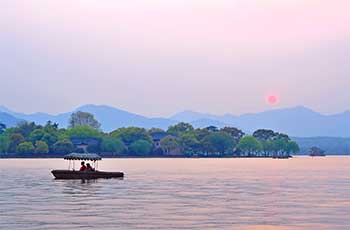 West Lake
West Lake 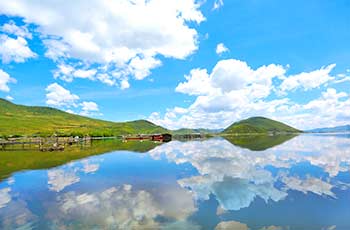 Lugu Lake
Lugu Lake  Thousand Islets Lake (Qiandao Hu)
Thousand Islets Lake (Qiandao Hu) 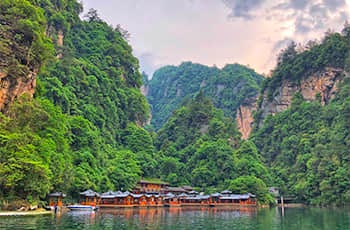 Baofeng Lake
Baofeng Lake